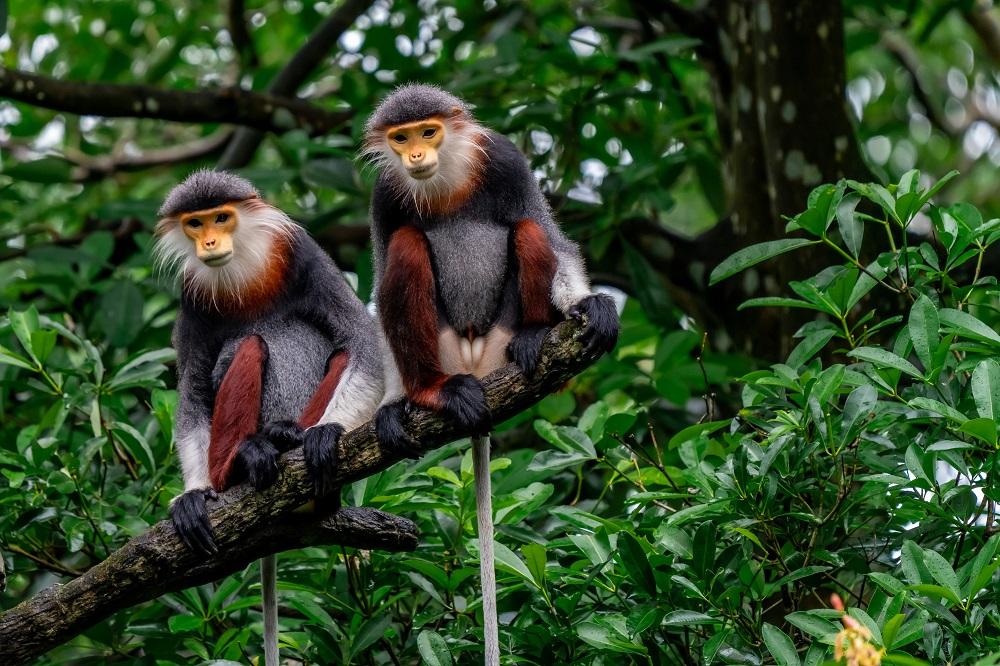Salavan Province is once again in the spotlight after the discovery of two protected wildlife species, one Greater Hog Badger and three Red-shanked Douc Langurs, found dead in the forest on 20 July.
The find, shared by a local resident via a now-deleted Facebook post, has sparked widespread concern across social media, with citizens demanding urgent action from authorities who, so far, appear unaware of the details of the incident.
News of the wildlife killings quickly spread online, sparking frustration and outrage among the public. The hashtag #Saveລິງຂາແດງ and #SAVEtheRedShankedDoucLangur began trending as social media users demanded that authorities take immediate and stronger action to protect endangered species.
“What a pity! Protected wildlife in Salavan has been killed. Related sectors, please investigate, because these animals are rare and worth preserving for future generations to see,” one Facebook user wrote on a private post.
Echoing this sentiment, the Facebook page “Thatsamphang Village” stressed the ecological value of Laos’s wildlife:
“Wildlife is a valuable natural resource and is of great importance to the ecosystem. It is not only a part of biodiversity but also an indicator of the health of the forest and environment. Moreover, in Laos, we have many unique and rare protected species, which are national treasures that all Lao people should help conserve and preserve.”
Species Status Under Scrutiny
Both the Red-shanked Douc Langur and the Greater Hog Badger are listed as protected under Lao law and vulnerable by the International Union for Conservation of Nature (IUCN) due to declining populations caused by habitat loss and poaching.
The Red-shanked Douc Langur, often considered one of the most beautiful primates in the world, is known for its maroon-red legs and golden-orange face. Native to parts of Laos, Vietnam, and Cambodia, this species has suffered a population decline of up to 80 percent in the past 30 years, largely due to deforestation, illegal hunting, and the wildlife trade.
The Greater Hog Badger, another protected species in Laos, is also found in forested regions such as the Xe Sap National Protected Area in Salavan.
While sightings are reported across the country, little is known about its current population trends due to limited data and research.
This incident comes just weeks after the Lao government introduced a tougher regulation aimed at curbing natural resource crimes.
On 7 July, the Office of the Supreme People’s Prosecutor announced it would begin replacing administrative fines with criminal prosecution for violations involving forests, wildlife, and natural resources.
Despite this policy shift, illegal hunting and unauthorized access to protected areas appear to persist, raising questions about enforcement and public awareness of wildlife protection laws.



